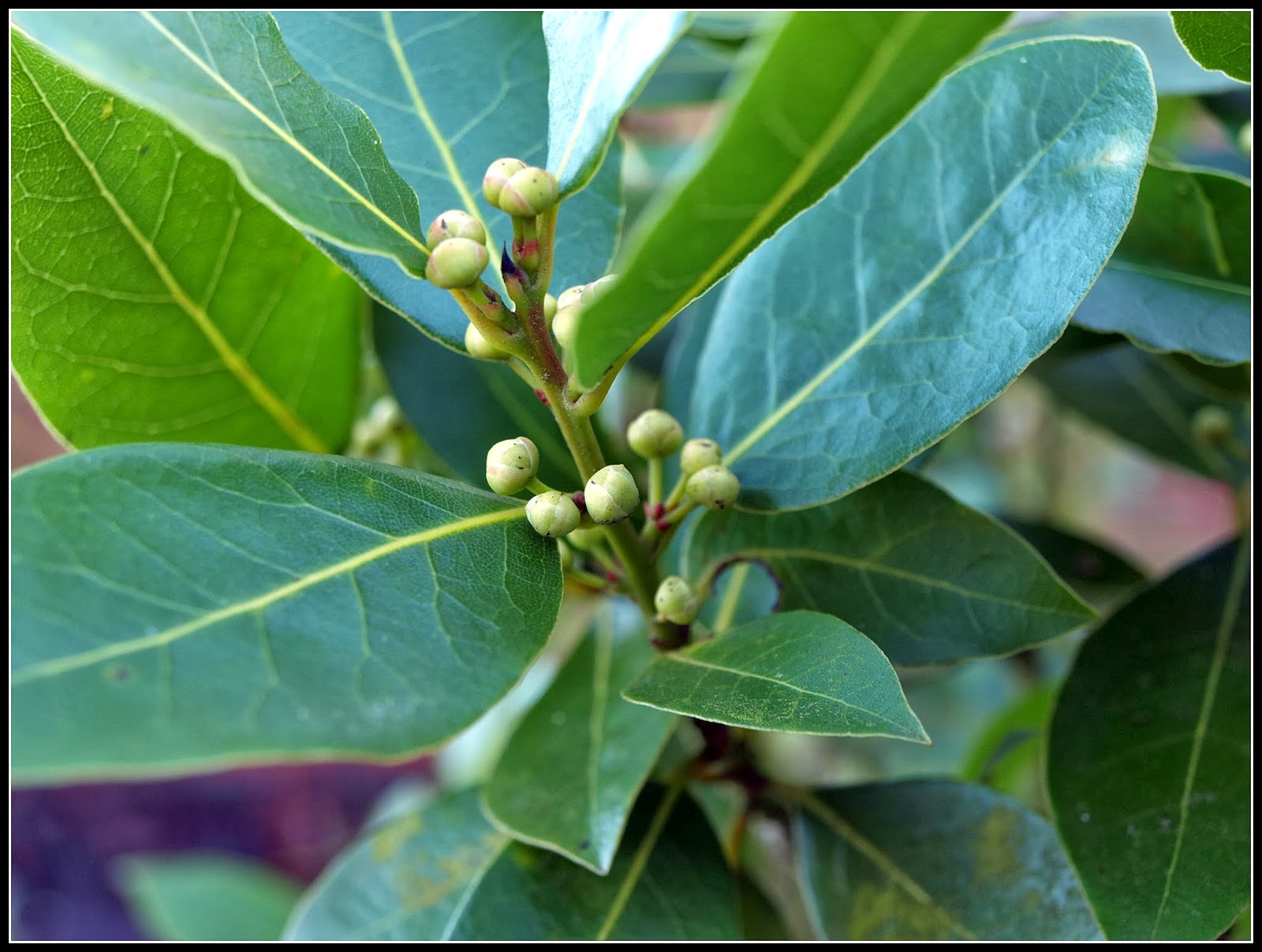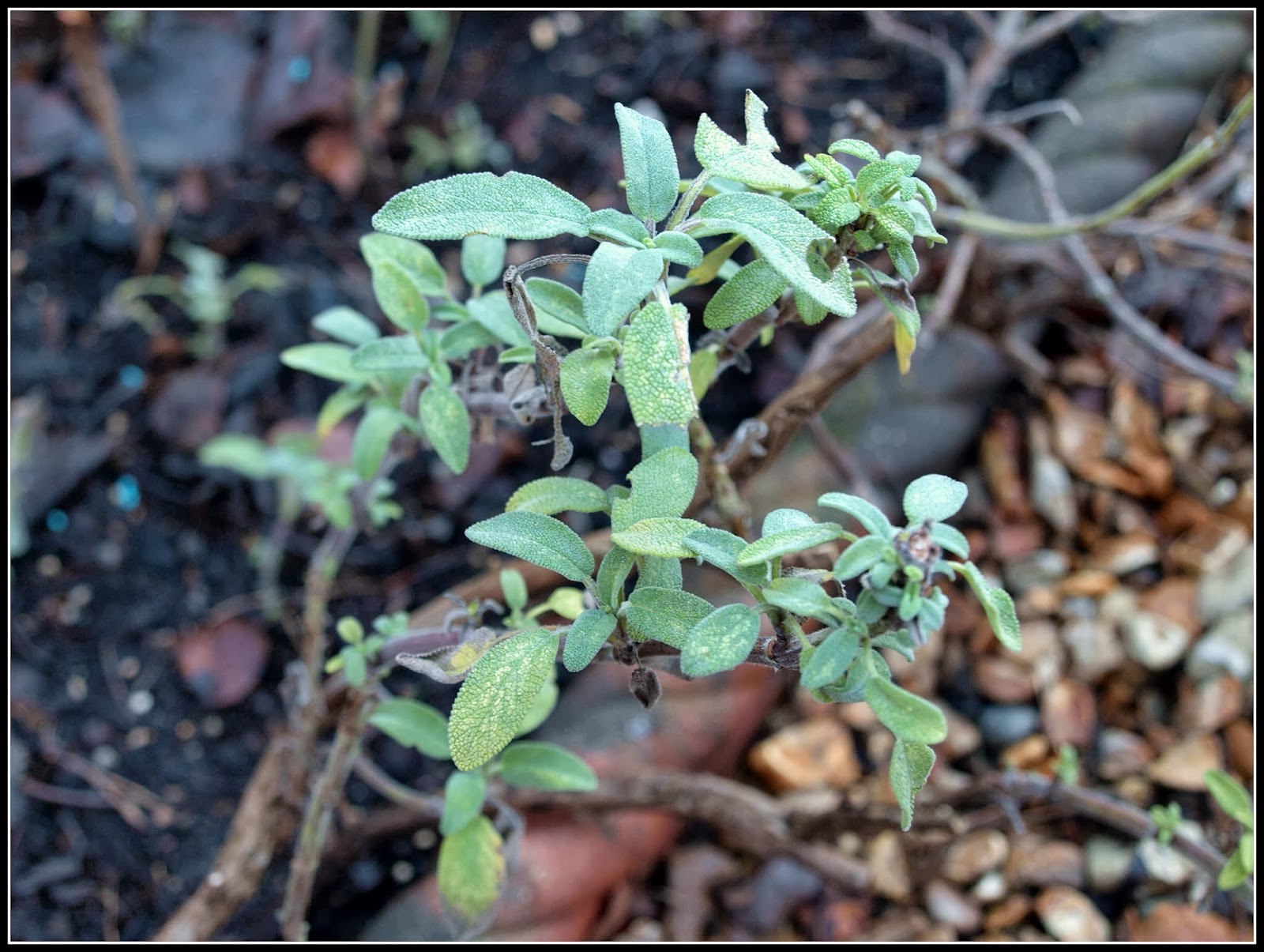Yesterday I went for the first time to a "Potato Day" - in other words an event at which people buy their seed potatoes. Why I have never been before I don't really know, but it is
exactly the sort of thing I like! So much so that although I don't have any photos (well, only a couple) I feel inspired to describe it in words because I think this type of event deserves to be more well-known.
 |
| "Charlotte" - photo from 2011 |
Like many amateur gardeners in the UK, I usually buy my seed potatoes via mail order. This year I very nearly did the same as usual, but I backed-out at the last minute when I saw how much money I was being asked to pay for Post and Packing. Too much! I was also a bit dismayed by the lack of variety offered by most of the "big name" suppliers - about 30 varieties, all told. And of course you normally have to buy at least a kilogram of each type, which may be more than you want. I would rather have a small number of tubers of several different varieties. Enter the Potato Day...
The one I attended was the
Hampshire Potato Day, held in Whitchurch - a few miles West of Basingstoke. I think, though I'm not sure that this is the case, that the one I went to is fairly typical of the genre. It was held in a school hall, so there was plenty of space, and plenty of (free) parking. Toilets were available, and refreshments. It was organised by a community group called "Working4Whitchurch", and I must say I think they did a very good job. Everything seemed to be well-organised and very calm (the latter characteristic very unlike some shows I could mention!)
I was very pleasantly surprised by the large range of potatoes available - I would say probably a couple of hundred types. And you could buy them either by the 2kg bag, or individually. For someone like me who only wants to grow a few potatoes it is so nice to be able to buy in small quantity. The individual tubers were priced at 17p or 10 for £1.50, which I think is a very good price! I bought 50 potatoes (therefore I paid £7.50). This price is less than I would normally have paid just for the postage on 50 potatoes!
 |
| "Pink Fir Apple" - photo from 2011 |
Each variety was displayed with details of the potato's characteristics, parentage etc, and a full catalogue was available for purchase at 50p. I had gone along with a fairly open mind about what to buy - just a few general ideas - so it was nice to have a browse and see what took my fancy. And of course you can see the typical shape and size of the tubers before you buy, and you can choose individually if you want, so you can avoid any undersized or damaged ones (which you definitely can't do when you buy by mail order!). Next year I shall study the catalogue in detail before attending and make a proper shopping-list (though I don't promise to adhere to it...). To make things really easy for the buyers, the committee had provided supermarket-style wire baskets, little plastic bags to put your potato choices in, along with sticky labels on which to record their names and even pencils to write with!
 |
| "Lady Christl" - 2013 |
 |
| A mixture of types - 2013 |
I was also pleasantly surprised by the low-key arrangements for checkout / payment. When you had finished shopping, you went to a desk where two people counted your potatoes and wrote the number on a slip of paper. You then went to the tills, presented your slip of paper to the cashier and paid accordingly. There were several tills, so only a very small wait was involved. If you didn't buy any loose potato tubers, you omitted the counting stage and went straight to the till.
Obviously, at a "Potato Day" the potatoes are the chief attraction, but there was a lot of other stuff on sale too. Garlic, onions, shallots, peas, beans etc. The peas and beans were displayed in huge open bins and you used a half-pint beer glass to measure them out into a plastic bag. £2 for a half-pint, which would get you at least a couple of hundred seeds, maybe more! I was wishing I hadn't already bought my beans for this year.
There were also several stalls selling seeds for vegetables, herbs and even some flowers, and there were a few stalls with potted plants for sale - mostly fairly out-of-the-ordinary ones. I was very good and didn't buy anything I didn't need. I only bought one pack of seeds (£1.50), which was for Leaf Celery. I had originally asked for Celery or Celeriac seeds, which I had been planning to grow as microgreens (having discovered the other day how delicious young Celeriac leaves are), but the lady running the stall advised me to buy the Leaf Celery instead. She said it would be more prolific and would last longer. Furthermore you get more seeds in the pack than you do with the expensive Celeriac. How's that for good Customer Service?
Another benefit of visiting this event was that I was able to meet two fellow members of the
UK Veg Gardeners forum. I have interacted "virtually" with these two gents for several years now, but never had the privilege of meeting them in person. Both of them are members of the
National Vegetable Society, which promotes the amateur production of vegetables, for food and for exhibition. Here they are:-
 |
| Darren (left) and Damien (right) |
You couldn't find a pair of lads who are more enthusiastic about veg-growing than these two! Thanks for welcoming me and explaining the procedure, guys! Both of them are bloggers too. Damien's blog is
Two Chances Veg Plot and Darren's is
Quality Veg Growing.
I shall be sharing my 50 potatoes with my daughter Emma, because neither of us want big quantities, so actually my year's outlay on seed potatoes will come to £3.75. Not a vast expense, I think you'll agree!
Now I just need to acquire a few egg-boxes to lay out my potatoes for chitting...
 |
| Seed potatoes "chitting" - photo from 2011 |
"Chitting" is the term for the formation of growing-shoots on the seed potatoes, prior to planting them - but that's a story for another day!
 |
| "Chits" (shoots) on seed potatoes |
Just for the record, these are the varieties I bought:
First Earlies
Leontine
Marilyn
Red Duke of York
Sharpe's Express
Second Earlies
Charlotte
Balmoral
Blue Kestrel
Maincrops
Pink Fir Apple
Nicola
Harlequin





















































